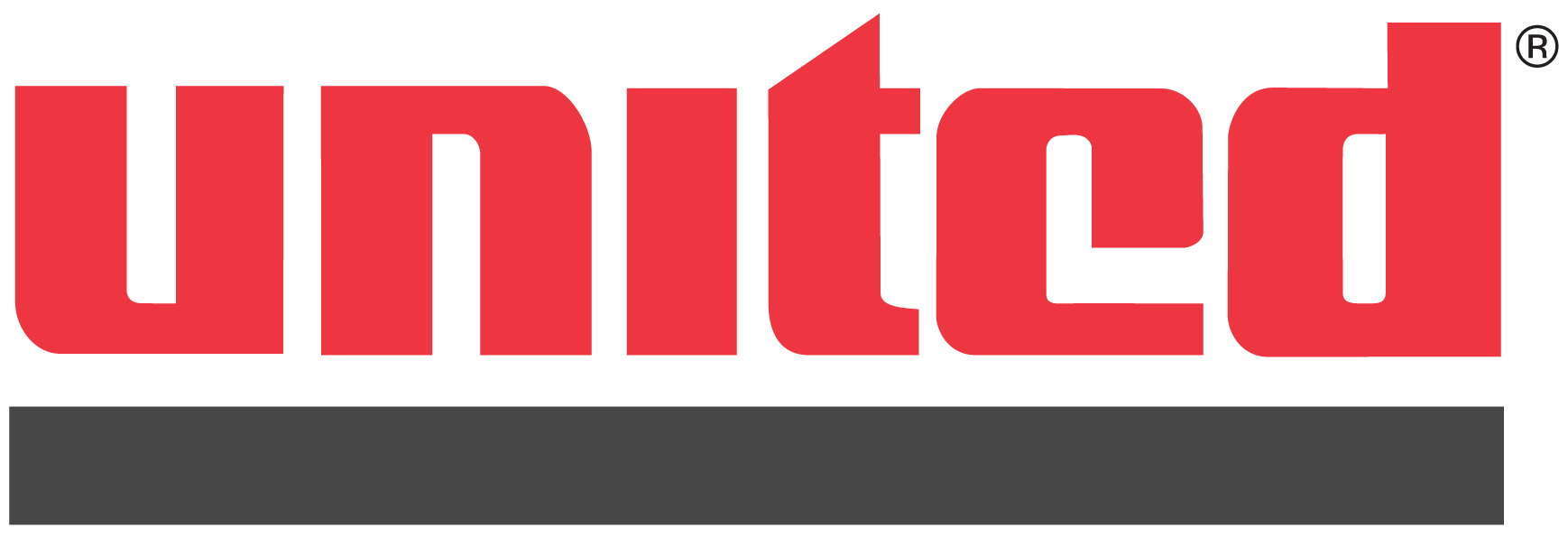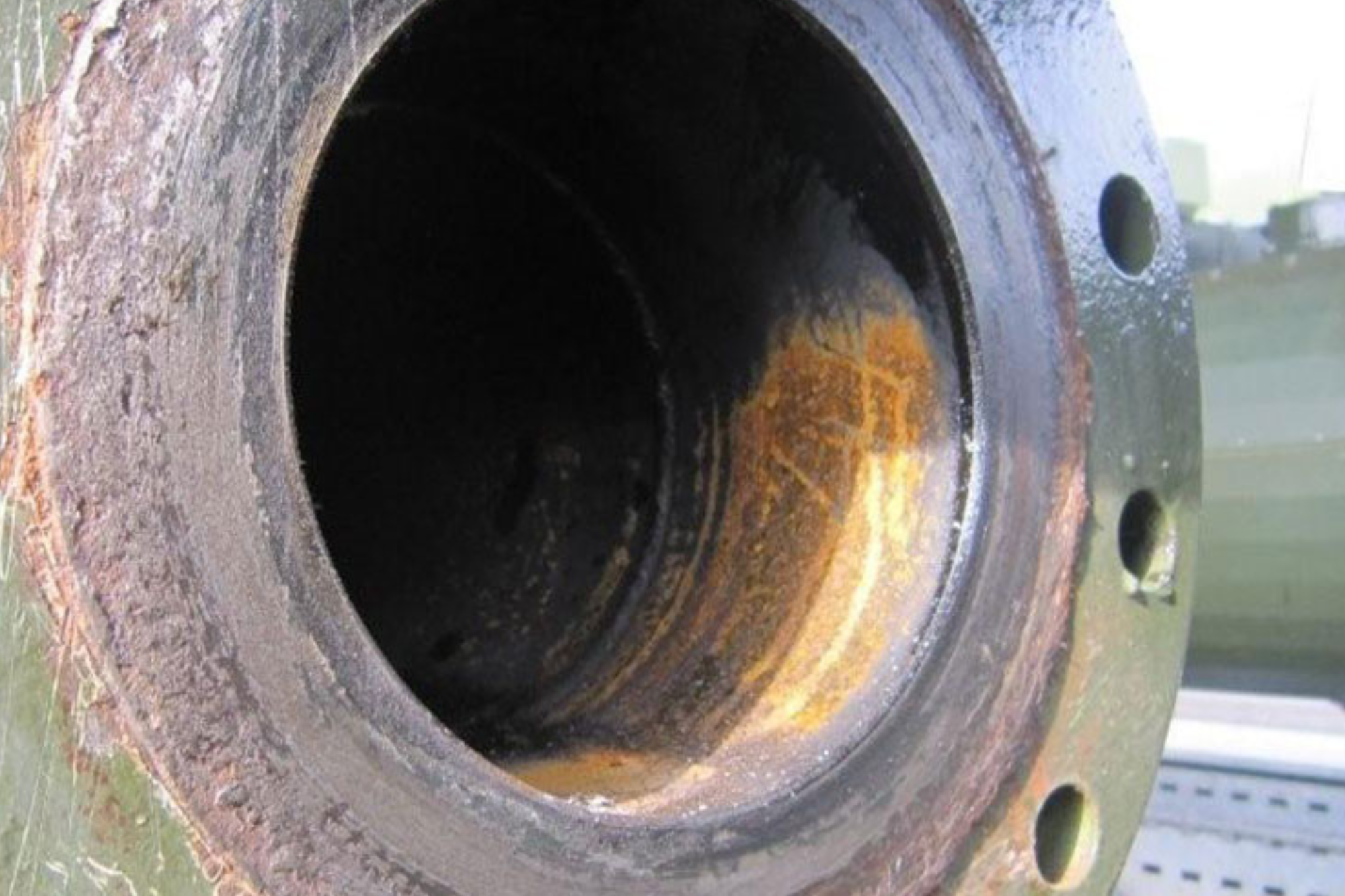Internal corrosion is one of the most persistent and costly challenges facing pipeline operators. According to the AAMP International IMPACT study (formerly known as NACE International), the global cost of corrosion is estimated at $2.5 trillion annually, with pipelines being one of the largest contributors. For oil & gas producers, mining operators, municipalities, and industrial facilities, corrosion isn’t just a maintenance issue—it’s a critical risk that can halt production, trigger environmental incidents, and endanger worker safety.
When a pipeline fails internally, a domino effect occurs: unplanned downtime, expensive emergency repairs, regulatory scrutiny, and in some cases, complete replacement of critical infrastructure. Preventing corrosion is therefore not just about asset protection; it’s about ensuring operational continuity and safeguarding long-term investments.
So how do operators protect their pipelines from the inside out? Let’s explore the most common methods, examine where they succeed and fall short, and then highlight how internal lining solutions like United Pipeline’s Tite Liner® system have proven to deliver lasting protection.
Pipeline Corrosion Protection Methods: What Works and What Doesn’t
Carbon Steel with Corrosion Allowance: Delaying the Inevitable
For decades, the default material of choice has been carbon steel with extra wall thickness built in as a “corrosion allowance.” The idea is simple: let corrosion gradually eat away at the pipe wall, but build in enough thickness that the line will still last for years.
In practice, however, this approach only delays the inevitable. Once corrosion accelerates, wall thinning compromises integrity, and operators face costly inspection cycles, repairs, or replacements. In critical service lines, such as slurry transport in mining or CO₂ injection in oil & gas, the risks of waiting for steel to wear down are simply too high.
Using Chemical Inhibitors: Costly, Complex, and Inconsistent
Chemical inhibitors can be injected into a pipeline to slow the corrosive reactions between steel and transported fluids. While effective in some systems, this approach creates significant ongoing costs and logistical complexity.
Operators must constantly monitor dosing rates, maintain chemical storage and delivery systems, and ensure compliance with safety regulations around handling. In remote regions, getting chemical supplies on-site consistently can be a challenge. And despite best efforts, inhibitors may not fully protect against localized corrosion or erosion in high-velocity, abrasive flows.
HDPE Pipe: Corrosion-Resistant but Structurally Limited
High-density polyethylene (HDPE) is widely recognized for its corrosion resistance and is often used in municipal water and mining operations. However, standalone HDPE pipes have structural and thermal limits.
In higher-pressure pipelines, such as oilfield injection systems or industrial brine transport, HDPE cannot provide the same pressure rating as steel. Installation also presents difficulties—especially when trying to tie into existing steel infrastructure. While HDPE plays a role in certain sectors, it’s not a universal solution.
Fiberglass and GRE Pipes: Strong Chemistry, Weak Durability
Fiberglass-reinforced epoxy (GRE) pipe is another corrosion-resistant option that performs well in chemical service. Its lighter weight can also simplify installation. However, GRE is brittle compared to steel and prone to cracking under impact or bending loads.
In abrasive or high-pressure service, operators have reported premature failures. Repairs are complex, often requiring specialized materials and expertise that may not be readily available on site. For operators in remote or harsh environments, GRE’s limitations can outweigh its benefits.
Reinforced Thermoplastic Pipe: Flexible but Not Proven for the Long Haul
RTP incorporates reinforcement layers that improve strength while retaining corrosion resistance. It has gained popularity in certain applications, particularly for onshore oilfield flowlines. However, RTP systems are costly for long, large-diameter lines, and their pressure ratings often limit use in demanding environments.
Additionally, RTP technology does not have the decades of global track record that steel or lined systems can demonstrate. For operators who value proven reliability, this can make adoption a more cautious process.
Internal Linings: The Reliable Long-Term Answer to Pipeline Corrosion
Internal lining systems bridge the gap between strength and durability. By lining steel pipelines with corrosion-resistant polymers, operators retain the structural performance of steel while isolating it from corrosive service fluids.
This combination delivers a balance that other solutions struggle to achieve:
- Preservation of strength: The host pipe handles high pressures and external loads.
- Corrosion prevention: The liner forms a continuous barrier against aggressive fluids.
- Reduced lifecycle costs: A one-time installation avoids decades of chemical dosing or frequent repairs.
- Trenchless installation: Most projects are completed without major excavation, minimizing service disruption.
- Hydraulic efficiency: The liner’s smooth surface reduces friction losses, improving throughput.
For industries where uptime, safety, and compliance are non-negotiable, internal linings represent a practical, long-term solution.
Tite Liner® Pipeline Lining: Proven Protection Against Corrosion and Abrasion
United Pipeline’s Tite Liner® system is one of the most proven internal lining technologies available, with more than 30,000 miles installed globally.
The process is straightforward but highly engineered: the HDPE liner is fused into continuous lengths, then pulled through the host pipe under compression. Once released, it expands tightly against the pipe wall, forming a continuous barrier against corrosion and abrasion. Custom fittings and seals complete the system, which is pressure-tested before returning to service.
Performance highlights:
- Withstands pressures up to 7,500 psi.
- Pull lengths up to 2.5 km reduce field joints and installation time.
- High-Density Polyethylene (HDPE) improves hydraulic efficiency.
- Variants available for high-temperature and harsh chemical service.
Additionally, United Pipeline offers rotational lining for complex fittings and PreFIT™ spools for fast installation in constrained environments.

Where Tite Liner® Works: Oil & Gas, Mining, Municipal, and Industrial Pipelines
What makes Tite Liner® unique is its adaptability across sectors, each with distinct challenges:
- Oil & Gas: Mitigates corrosion in sour gas, crude oil emulsions, CO₂ transport, produced water, and disposal fluids, reducing dependence on chemical inhibitors.
- Mining: Resists severe abrasion from tailings, slurries, and acids, keeping remote operations running reliably.
- Municipal: Extends the life of aging water and sewer mains without disruptive dig-and-replace projects.
- Industrial: Provides compatibility with aggressive chemicals, caustics, brines, effluents, and even hydrogen and CO₂ service.
In each case, Tite Liner® delivers tailored protection while maintaining structural performance and minimizing downtime.
The Future of Pipeline Integrity: Why Lining Beats Replacement or Chemicals
Protecting pipelines from internal corrosion is a mission-critical challenge across industries. While traditional solutions like bare carbon steel, chemical dosing, or alternative materials may work in specific situations, they often carry trade-offs in cost, reliability, or performance.
Internal lining systems provide a better balance, preserving steel strength while eliminating corrosion exposure. United Pipeline’s Tite Liner® system has demonstrated this balance for over four decades, delivering long-term reliability in some of the world’s most demanding environments
If your pipelines are showing signs of wear, or if you want to extend their service life proactively, it may be time to consider a lining solution. Reach out to United Pipeline’s experts today to explore how Tite Liner® can protect your critical infrastructure for the long run.

